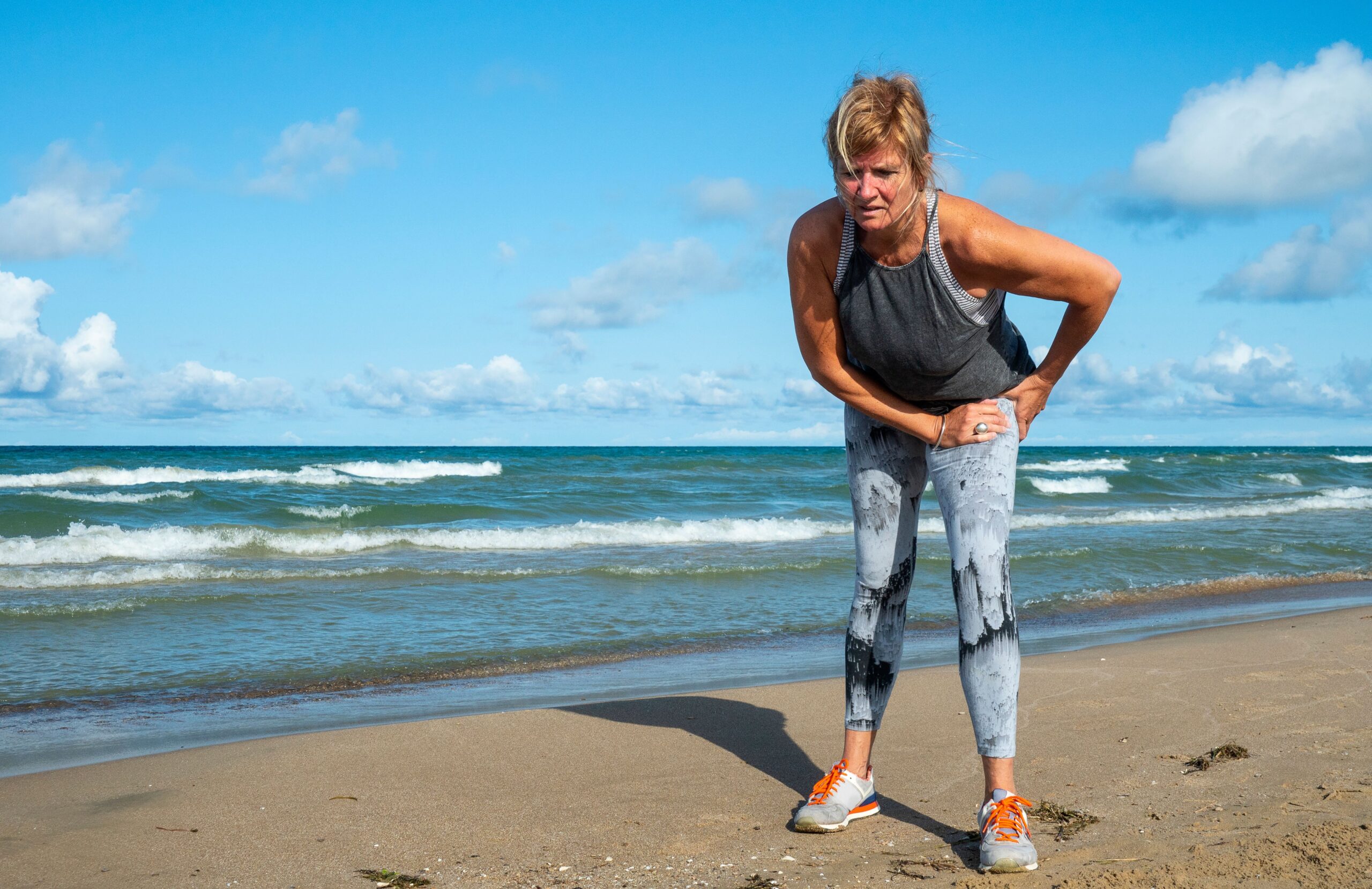
By Chris Smith
Greater Trochanteric Pain Syndrome (GTPS) is a condition characterised by pain and tenderness on the outer aspect of the hip, specifically around the bony prominence called the greater trochanter. It can significantly impact an individual's daily activities and quality of life. In this blog, we will explore the symptoms of GTPS, discuss the associated risk factors, and discuss how physiotherapy can help.
Symptoms
The primary symptom of GTPS is pain on the outside of the hip. However, the pain may also radiate down the lateral thigh, mimicking other conditions such as sciatica. Individuals with GTPS often experience pain during activities that load the gluteal muscles like walking, running, or climbing stairs. Prolonged sitting or lying on the affected side can also exacerbate the pain, in addition to sitting cross legged.
Risk factors
Several factors can increase the risk of developing this condition. GTPS is more prevalent in women, particularly during and after menopause, likely due to changes in tendon properties related to oestrogen changes. Middle-aged individuals are more prone to developing this condition. Obesity has also been shown to increase the likelihood of developing GTPS. A dramatic increase or change in load placed on the gluteal tendons (for example starting to run after never doing so before) may also lead to GTPS as the gluteal tendons are placed under increased load and cannot cope.
Management
Research has demonstrated that physiotherapy is the gold standard treatment for this condition (Mellor et al., 2018). Physiotherapists will provide education regarding rest and activity modification. Reducing or modifying activities that aggravate the pain is crucial in the early stages of GTPS. Patients should generally avoid positions which directly compress or stretch the gluteal tendons. This will include activities such as sitting cross-legged, standing with your hips off centre, sitting in low chairs and laying directly on the side of pain.
Physiotherapy will also implement a graded strengthening program to place increased load on the gluteal tendons over 12 weeks. This seminal study from 2018 has shown 12 weeks of gluteal strengthening improves pain and disability scores significantly (Mellor et al., 2019).
In addition to physiotherapy, medication may be useful in reducing pain. This could include Nonsteroidal anti-inflammatory drugs (NSAIDs) like ibuprofen or naproxen, however this should be discussed with your GP prior to taking. For persistent irritable cases which are non-responsive to physiotherapy there is also support for corticosteroid injections which may reduce inflammation and provide temporary pain relief alongside a strengthening program. Extracorporeal Shockwave Therapy (ESWT) may also be useful. This is a non-invasive treatment option that utilizes shockwaves to promote tissue healing and reduce pain. It has shown promising results in managing chronic tendon issues, including GTPS.
So, in summary, if you're struggling with this stubborn condition, Physiotherapy is the first option and can lead to dramatic improvements in pain and function. Give us a call and arrange to see one of our physiotherapists for an individualised treatment plan or if you're unsure, book in for a complimentary call to discuss with one of our expert Physiotherapists.
Recent Comments